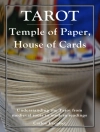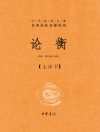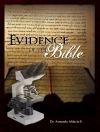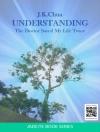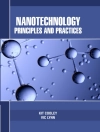
The Nine Chapters on the Mathematical Art, written around the 1st century, is a masterpiece of ancient Chinese oriental mathematics and has been regarded as the "first of the mathematical manual". It established the basic framework of classical Chinese mathematics, standardized the expression of classical Chinese mathematics, and profoundly influenced the mathematics of ancient China and the East. The Nine Chapters on the Mathematical Art is compiled in the form of an integrated solution to an applied problem, with the basic form of "question, answer, and arithmetic". It contains 246 questions with 53 arithmetic. Volume 1, Fang Tian, focuses on the calculation of the area of various figures. Volume 2, Su Mi, mainly discusses the proportional arithmetic of mutual deduction according to the exchange rate of various grains. Volume 3, Shuai Fen, i.e. proportional distribution, discusses the amount of positive correlation relation, while the Fan Shuai Fen discusses the amount of the inverse correlation relation. Volume 4, Shao Guang, discusses the inverse of the length or perimeter of a side from a known area, using the arithmetic of extraction of square root & cubic root. Volume 5, Shang Gong, discusses the product of various columns, cones, and tables. The core is the calculation of the volume of a quadrilateral cone, which lays the foundation of the volume theory of polyhedra for Chinese calculators. Volume 6, Jun Shu, discusses the solution of distribution problems compounded by positive and inverse correlation relations, widely used for allocation of corvee labor and regulation of transportation. Volume 7, Ying Bu Zu, discusses the double hypothesis method and its practical applications. Volume 8, Fang Cheng (Equations), in which the "Equation" arithmetic is equivalent to the matrix solution of present-day linear equation systems, in which the addition and subtraction of rows and columns are naturally extended to the range of positive and negative numbers. Volume 9, Gou Gu, explains the various algorithms of the Pythagorean form in the first part, which is the theoretical basis of the Pythagorean measurement in the second part of the volume. In addition, Liu Hui in Wei and Jin dynasties, further developed the Pythagorean measurement into the re-difference technique when he annotated The Nine Chapters on the Mathematical Art and prepared a volume of Re-difference, which was attached to The Nine Chapters on the Mathematical Art. In the early Tang Dynasty, when Li Chunfeng and others were ordered to compile and annotate The Nine Chapters on the Mathematical Art, they published it separately. Because the first question is "looking at the sea island", it was called Sea Island Mathematical Manual. The "Three Complete Books" of The Nine Chapters on the Mathematical Art (with the Sea Island Mathematical Manual) contains the original text of The Nine Chapters on the Mathematical Art, Annotations on The Nine Chapters on the Mathematical Art by Liu Hui, Comments on The Nine Chapters on the Mathematical Art by Li Chunfeng, and the Sea Island Mathematical Manual. Each volume and the appendix are provided with explanations of the questions, annotation, and interpretation of all the original texts and the annotations of successive generations, and illustrations and sketches of some of the questions, showing this ancient arithmetic classic in all aspects.


